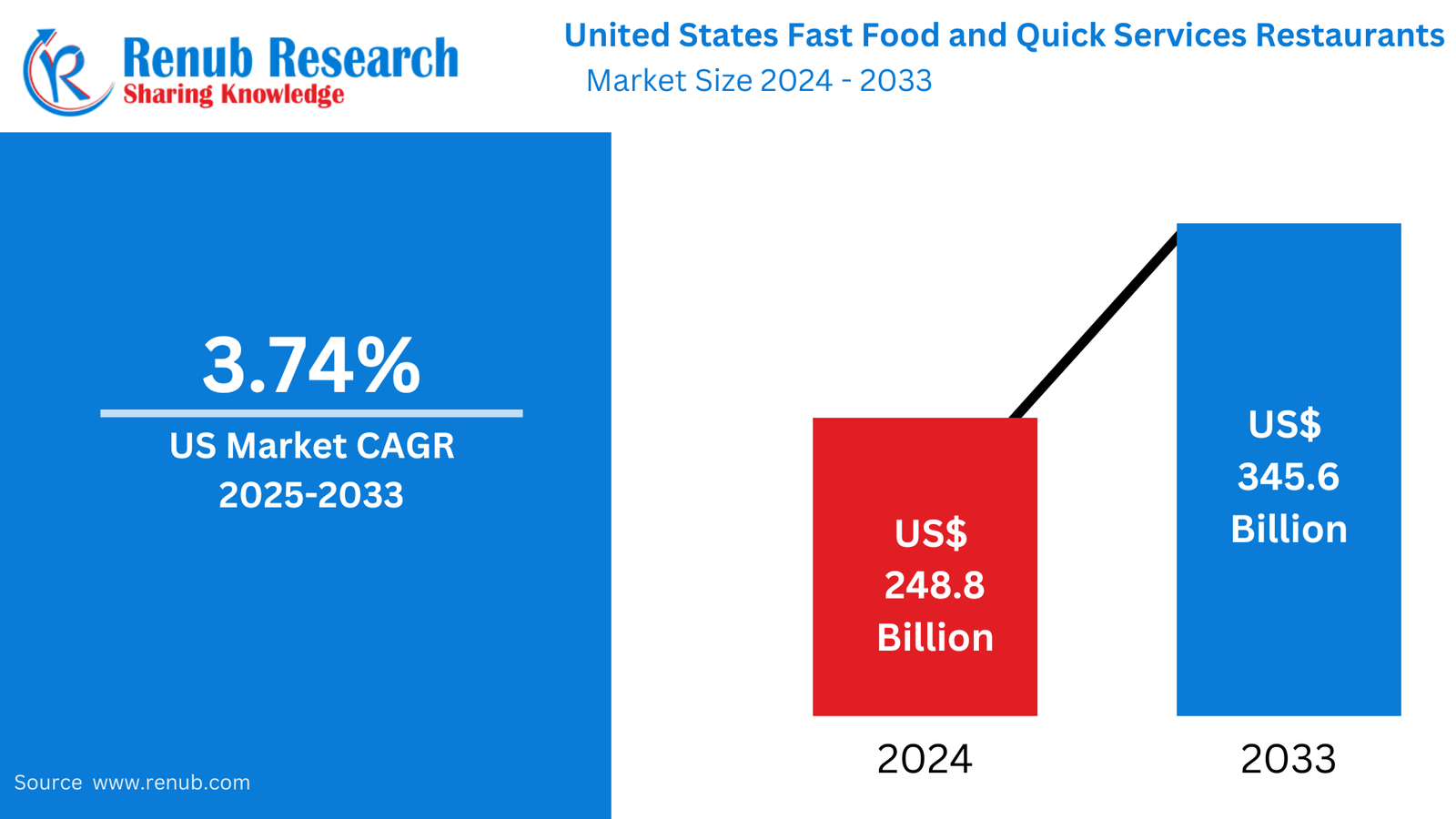Vehicle camera systems are becoming an essential tool for fleet operators and businesses looking to improve safety, reduce liability, and enhance operational efficiency. These systems offer real-time monitoring, accident documentation, and driver behavior analysis, providing comprehensive solutions for commercial and personal vehicles alike.
Key Benefits of Vehicle Camera Systems
- Enhanced Safety & Accident Prevention – Camera systems help identify risky driving behaviors, such as harsh braking, speeding, and distracted driving, allowing for proactive measures to prevent accidents.
- Reduced Liability & Insurance Costs – Video evidence from camera systems protects businesses from fraudulent claims and reduces insurance premiums by proving fault in accidents.
- Improved Driver Accountability & Performance – AI-powered cameras provide real-time feedback and coaching, encouraging safer driving habits.
- Theft & Vandalism Protection – Vehicle camera systems deter theft and provide crucial footage for recovery efforts in case of unauthorized access or damage.
- Regulatory Compliance – Many industries require vehicle monitoring for legal compliance, making these systems a valuable investment.
- Better Fleet Management & Optimization – Integrated with telematics, vehicle cameras provide insights into route efficiency, vehicle performance, and driver behavior.
Types of Vehicle Camera Systems
- Front-Facing Dash Cameras – Mounted on the windshield, these cameras capture footage of the road ahead, essential for accident documentation.
- Dual-Facing Cameras – Monitor both the driver and the road, improving safety compliance and preventing distracted driving.
- 360-Degree Camera Systems – Provide comprehensive coverage around the vehicle, reducing blind spots and improving parking accuracy.
- AI-Driven Smart Cameras – Detect driver fatigue, distractions, and unsafe driving patterns, alerting fleet managers in real time.
- Live Streaming & Cloud Storage Cameras – Allow remote access to video footage, ensuring fleet managers have real-time visibility.
- Infrared & Night Vision Cameras – Improve visibility in low-light conditions, enhancing safety during nighttime operations.
- Backup & Side-View Cameras – Assist drivers in reversing and changing lanes safely, reducing collision risks.
Selecting the Right Vehicle Camera System
When choosing a vehicle camera system, businesses should consider:
- Fleet Size & Operational Needs – Select a system that aligns with fleet management objectives.
- Technology & Features – Look for AI-powered analytics, GPS tracking, cloud storage, and real-time alerts.
- Integration with Existing Systems – Ensure seamless compatibility with telematics and fleet management software.
- Data Storage & Security – Opt for cloud-based solutions with secure access and encrypted video storage.
- Cost & Return on Investment – Evaluate the long-term benefits of reduced liability, lower insurance premiums, and improved safety.
Conclusion
Vehicle camera systems play a crucial role in modern fleet management by enhancing safety, reducing costs, and ensuring compliance with industry regulations. With advancements in AI technology, cloud connectivity, and real-time monitoring, these systems provide businesses with valuable insights to improve driver performance and overall operational efficiency. Investing in high-quality vehicle camera systems ensures a safer and more reliable fleet, benefiting both businesses and individual drivers in the long run.









